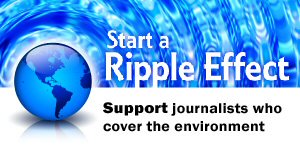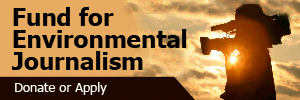Wildfire Preparedness Is a Story Worth Telling — Before ‘Fire Season’

Wildfires in the Texas Panhandle are a good reminder that wildfire season now stretches across much of the year, so environmental journalists would do well to look for ways to localize their reporting on wildfire preparedness. The latest TipSheet offers 10 story ideas and half a dozen reporting resources to tell the story of your community’s wildfire risk.





















 Advertisement
Advertisement 



